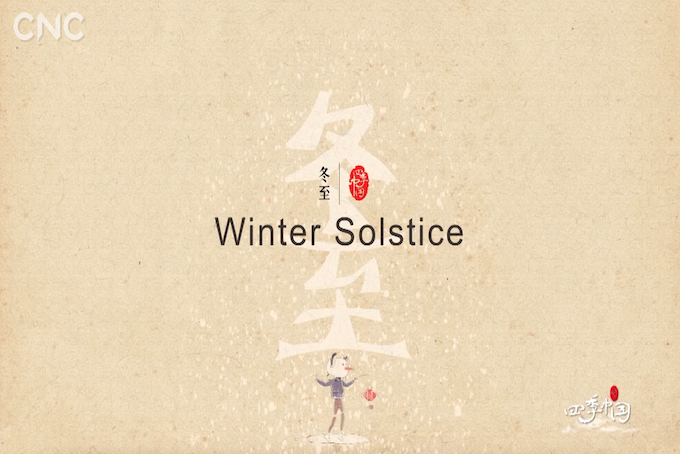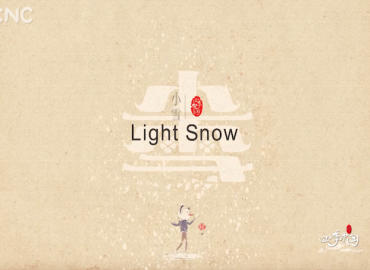(ENG) Today marks Winter Solstice, which is the 22nd solar term of the Chinese lunar calendar. On the first day of Winter Solstice, the Northern Hemisphere experiences the shortest day and the longest night in the year, as the Northern Hemisphere tilts the farthest away from the Sun. In Denmark this day is celebrated as ”Saint Lucia’s Day” or “Festival of the Light”, which marks the start of the Christmas. Traditionally, a young girl is chosen to portray the saint. The girl wears a crown of candles at the front of a procession in which everyone wears white and carries a candle, walk through the school singing the “Santa Lucia” song, symbolizing the triumph of light conquering dark and good overcoming evil.
(DAN) I dag markerer Vintersolhverv, som er årets 22. soltermin i den kinesiske månekalender. Den første dag i vintersolhvervet oplever den nordlige halvkugle årets korteste dag og længste nat, da den nordlige halvkugle læner sig væk fra solen i vinterhalvåret. I Danmark fejres denne dag som ”Sankt Lucias dag” eller “Lysets Fest”, som markerer starten på juletid. Traditionelt vælges en ung pige til at skildre helgeninden. Pigen bærer en krans med lys på hovedet, og hendes terner er alle klædt i hvidt, bærer et lys i hånden, går i Lucia-optog og synger ”Santa Lucia” sangen, hvilket symboliserer lyset erobrer mørket og det gode overvinder det onde.
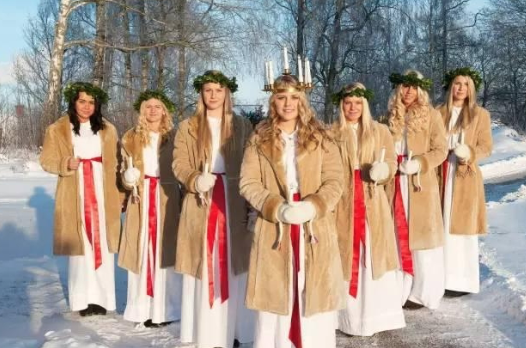
(ENG) There is an old saying going in folk that “The Winter Solstice is as significant as the Spring Festival.” In ancient China, the Winter Solstice was a day to worship the gods and ancestors. Then it became a day to offer sacrifices to Heaven and to ancestors. In the Ming and Qing dynasties, the emperor held a great ceremony, which is as big as New Year’s Day. Since then the people are showing the great importance attached to this day.
(DAN) Der er et gammelt ordsprog blandt folket, som siger, at ”Vintersolhverv er lige så vigtig som Forårsfestival.” I det gamle Kina var vintersolhverv en dag for at tilbede guder og forfædre. Derefter blev det til en dag at ofre til himlen og til forfædrene. I Ming- og Qing-dynastierne afholdte kejseren en stor ceremoni, som er ligeså stor som Nytårsdagen. Siden da viser folket den store betydning, som er tillagt denne dag.
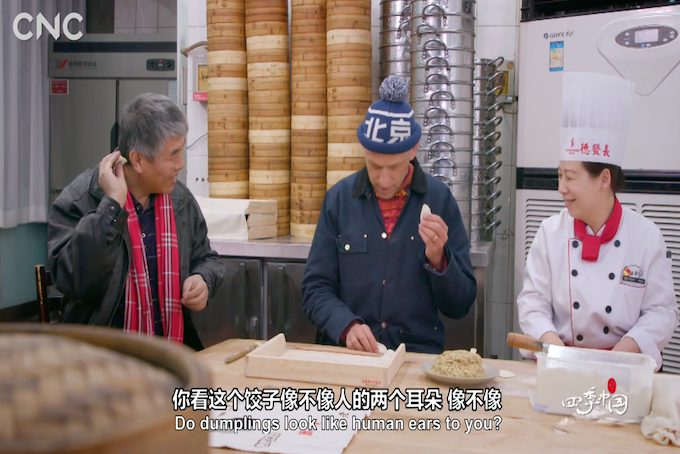
(ENG) As a traditional festival, the Winter Solstice naturally holds a number of interesting customs, such as eating nuts, dumplings, wontons, tangyuan, mutton soup, red-bean and glutinous rice. Winter is also the best time for the body to restore vitality, to allow yourself to go to bed early, wake up late and move more slowly.
(DAN) Som en traditionel festival har Vintersolhverv naturligvis en række interessante skikke, såsom at spise nødder, dumplings, wontons, tangyuan, fårekødssuppe, rødbønner og glutinøse ris. Vinter er også det bedste tidspunkt for kroppen at genoprette vitalitet, at tillade sig selv at gå i seng tidligt, vågne senere og bevæge mindre.
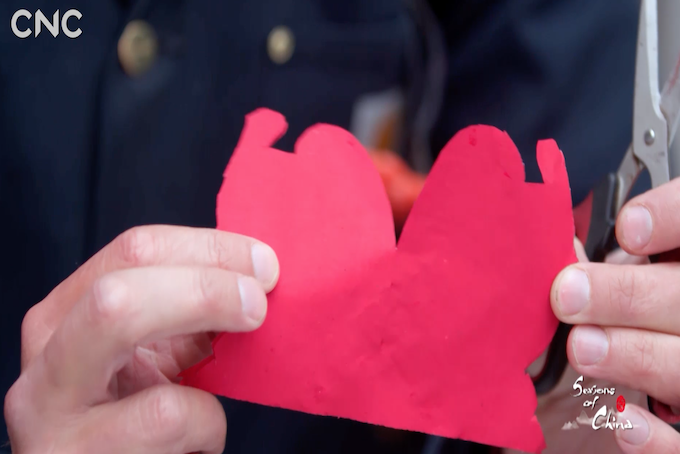
(ENG) The China Cultural Center in Copenhagen will accompany you this winter solstice. What other customs do you know about the Danish and Chinese winter solstice festivals? Welcome to leave us a message!
(DAN) Det Kinesiske Kulturcenter i København vil ledsage dig dette vintersolhverv. Kender du til ander skikker forbundet med de danske og kinesiske vintersolhvervsfestivaler? Du er velkommen til at skrive til os.
Watch the video about Winter Solstice: https://youtu.be/mFGQVTfZj28

